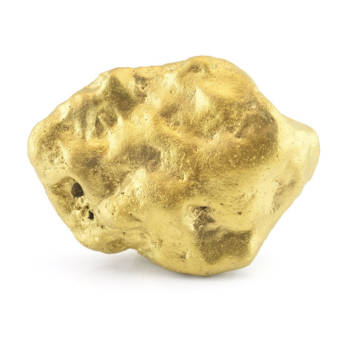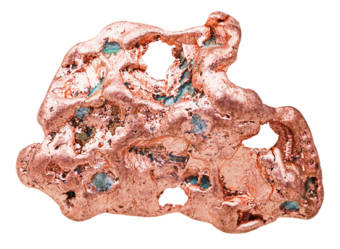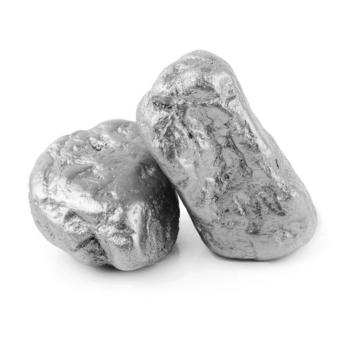Let's talk about the different types of jewelry metals
Whether it’s an engagement ring, birthday or anniversary gift, the metal for your special piece is an important decision. The more you know about how each metal performs, feels, wears and looks, the better your choice will be.
Platinum
Eternally white, naturally enduring and 30 times rarer than gold, Platinum is ideal for anyone looking for a truly unique and timeless metal. Platinum engagement rings offer the durability and strength to protect your center diamond throughout the years. While Platinum is similar to white gold in appearance, it is naturally white so it rarely needs re-plating. Its non-reactive, hypoallergenic qualities make it an excellent choice of metal for those with skin sensitivity. Over time, Platinum develops a stunning finish, called the patina.

Yellow Gold

Pure gold is too soft to hold its shape in fine jewelry, so it’s alloyed with other precious metals for strength. Look for “14k” or “18k” as a fineness mark that proves the quality of your gold jewelry.
White Gold
Some people prefer the color of silver to the yellow color of natural gold, yet may find silver to be too soft or easily tarnished, and the cost of platinum prohibitive. While White Gold contains varying amounts of gold, which is naturally yellow, it also contains one or more white metals (we prefer palladium) to lighten its color and add strength and durability. Although most people think White Gold is a shiny white metal, the white color is in part from the rhodium metal plating that is applied to most White Gold jewelry. The rhodium plating will usually need to be reapplied occasionally to maintain the bright, white luster.

Rose Gold

18k Rose Gold is most often 75% gold and 25% copper alloy, resulting in a gorgeously warm and rich metal. The rosy warmth is romantic and earthy; as such, it pairs with diamonds beautifully. It is also suitable for most skin tones due to its soft appearance.
Palladium
Palladium, being a member of the platinum family, is a naturally white, very lightweight metal that is new to fine jewelry. It’s a hypoallergenic metal that doesn’t tarnish or require re-plating like white gold.

Sterling Silver

Sterling Silver can be seen as contemporary or traditional depending on the design. It complements most skin tones, making it a safe and popular purchase. Because pure silver is very soft and malleable, jewelers use Sterling Silver, which is 92.5% pure silver, mixed with other metals, such as copper, to form an alloy
